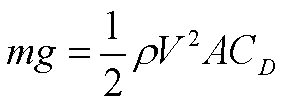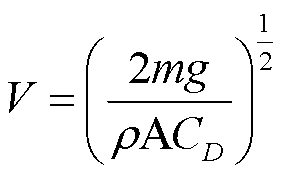
Now a vector is made up of components. For this explanation we are going to look at the system with an upper and lower component.
In the picture the disc is traveling from left to right, with an angular velocity component that is in a clock-wise rotation. (This can be thought of as a throw from a right-handed person using a standard backhand throw.)
Now at the Frisbee rotates, the upper portion of the disc rotates with a velocity component pointing in the same direction as the overall velocity direction. The lower portion rotates with a velocity pointing away from the overall velocity direction.
So it can be thought of that the top potion has a higher velocity (because it is pointing in the same direction as the overall velocity) than the lower portion. (5)

